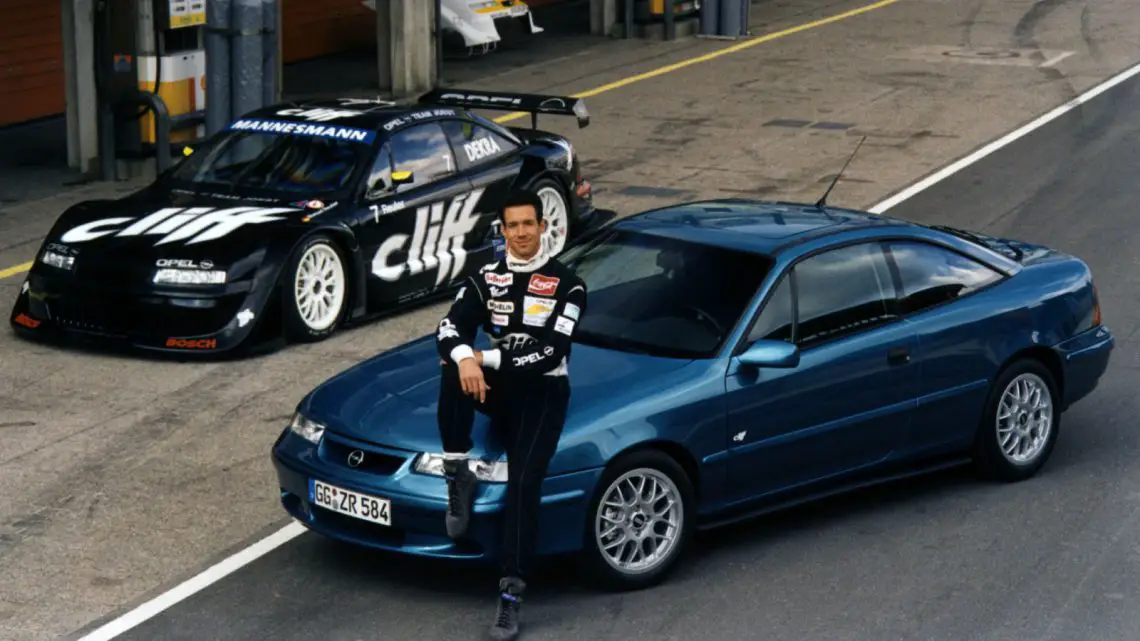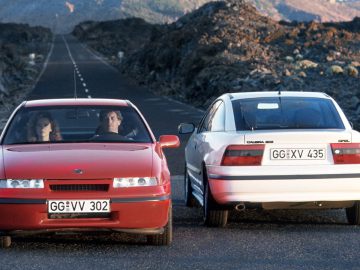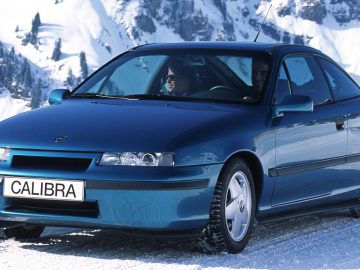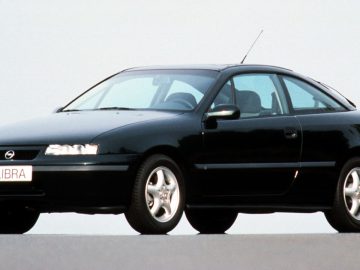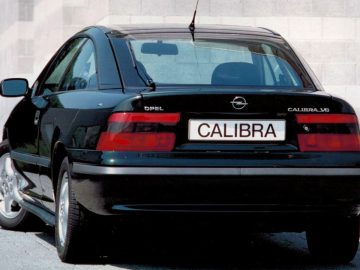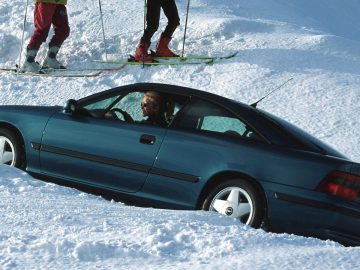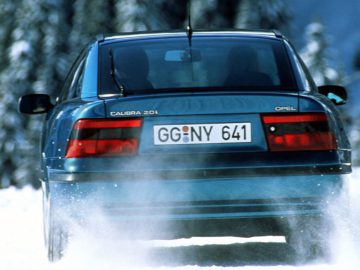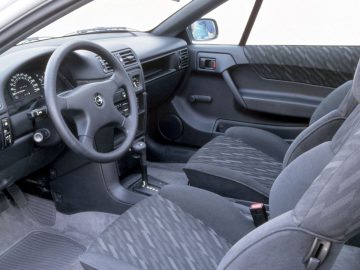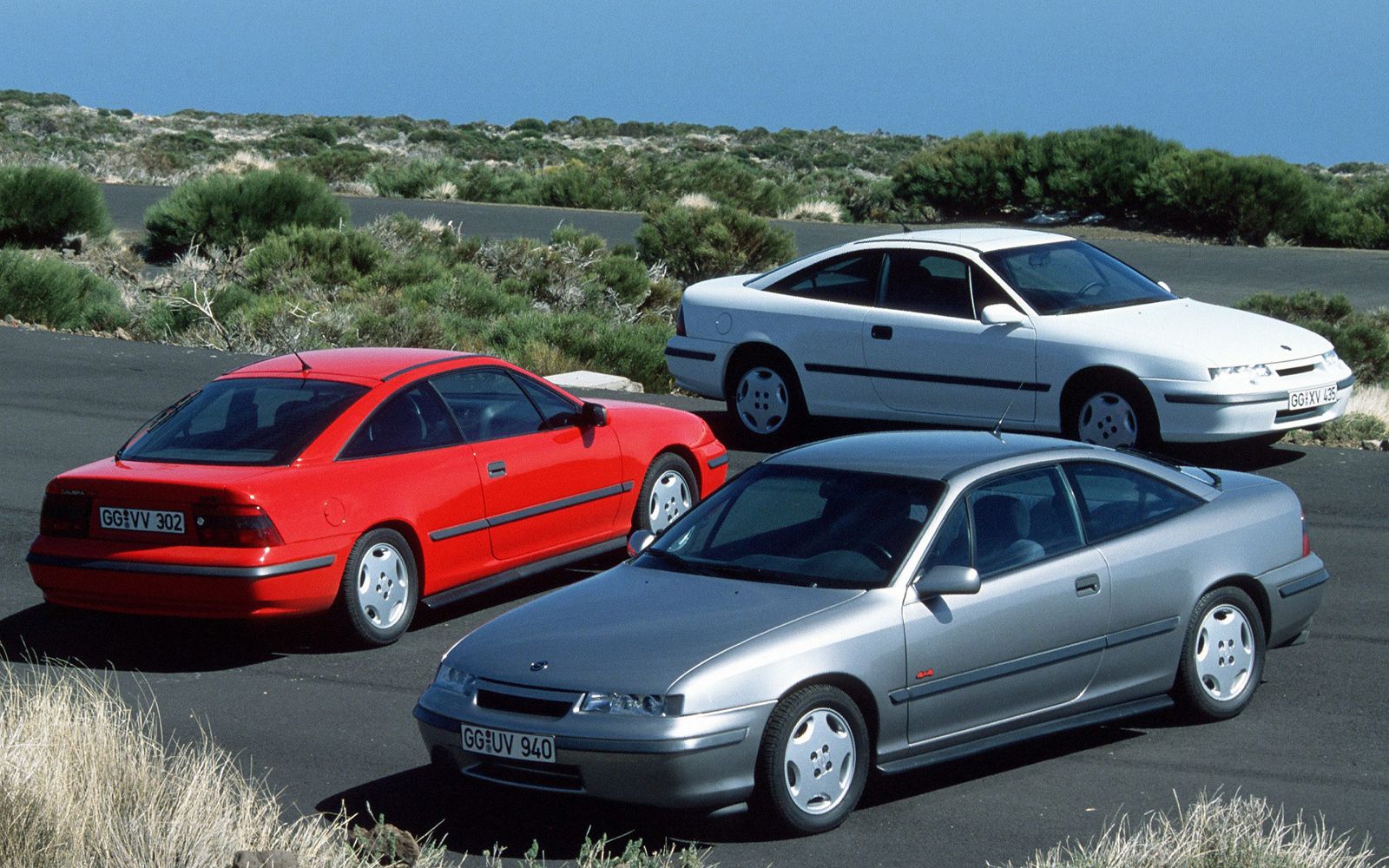Opel Calibra – everything you need to know
What is the Opel Calibra?
The Opel Calibra entered the market in 1989. Opel did not completely rebuild the Calibra from scratch: in fact, the coupe shared its platform with the first-generation Opel Vectra, which meant that it was in a basically front-wheel-drive car. Four-wheel drive was an option. Starting in November, an exclusively four-wheel-drive version also entered the market: the 2.0i 16V Turbo. That immediately became the most powerful AND rarest Calibra, but more on that later.
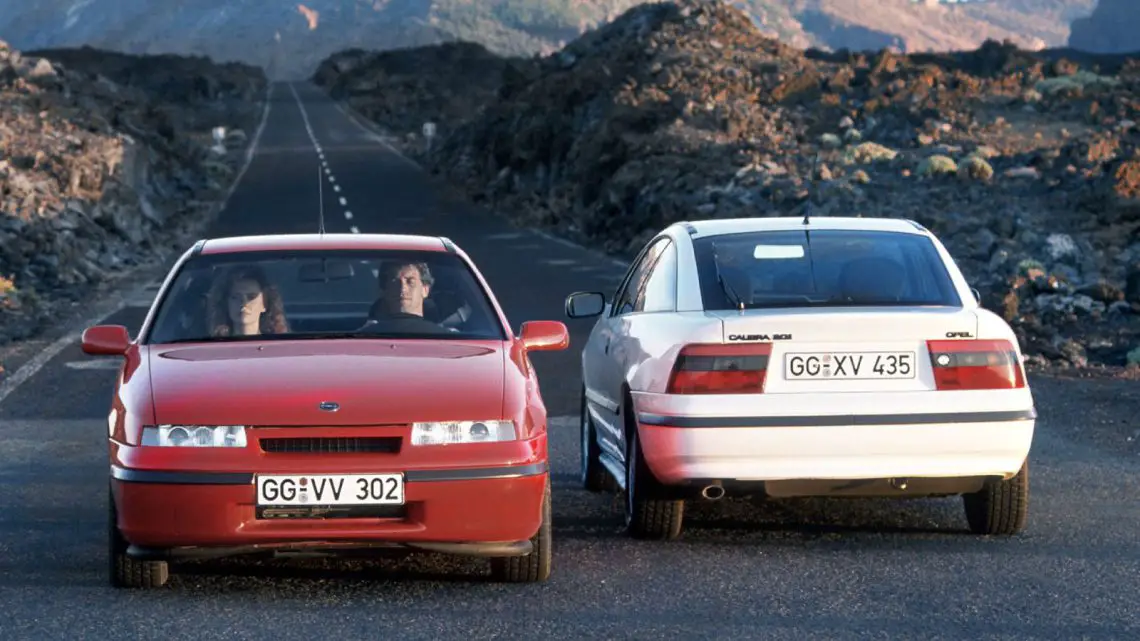
Although the Calibra shares its gene pool with the Vectra, the design differs considerably. Designed by Wayne Cherry and Erhard Schnell, the Calibra has a unique front end characterized by rectangular shapes, with the relatively small headlights in particular standing out. The large side windows and rear window are also typical of the Calibra. By the way, that rear window hinges up with you when you open the luggage compartment, making the Calibra effectively a hatchback. That made the Calibra a pretty practical car.
Technic
As already touched upon, with one exception, the Opel Calibra was basically front-wheel drive. Engine offerings began with an unspectacular 115-hp 2.0 four-cylinder. Things got better already with the 2.0i 16V with 150 hp, which, by the way, later came on the market as a 136 hp variant. In 1992, Opel took quite a leap with the 204-hp 2.0i 16V Turbo. Not only did this version have much more power, but also standard four-wheel drive and a six-speed manual transmission. With that, the Calibra finally got some wings: the sprint to 100 km/h could be reeled off in 6.8 seconds and only at 245 km/h was the cake finished.

Finally, Opel introduced another 2.5i V6 for the Calibra in 1993, but at 170 hp it was not the most powerful engine for the coupe. Also, unlike the four-cylinders, the V6 was only available with front-wheel drive. Incidentally, with the exception of the 2.0i 16V Turbo, the Calibra was also available with a four-speed automatic transmission.
Versions of the Calibra that are the rarest today are the V6 (12,015 units) and the 4×4 (3,385 units). So all other Calibras had the less endowed four-cylinders under the hood
Why did Opel discontinue the Calibra?
Production of the Calibra came to an end in 1997, eight years after its introduction. During that time, the Calibra proved quite a success with a total production count of 239,118 units, but a successor to the Calibra did not fit into the model strategy of parent company General Motors. By the way, Opel had already started a “Calibra B” there in 1996, but that project had to be abandoned. Fortunately, a model of that car has been preserved in the garage of the Opel Museum.
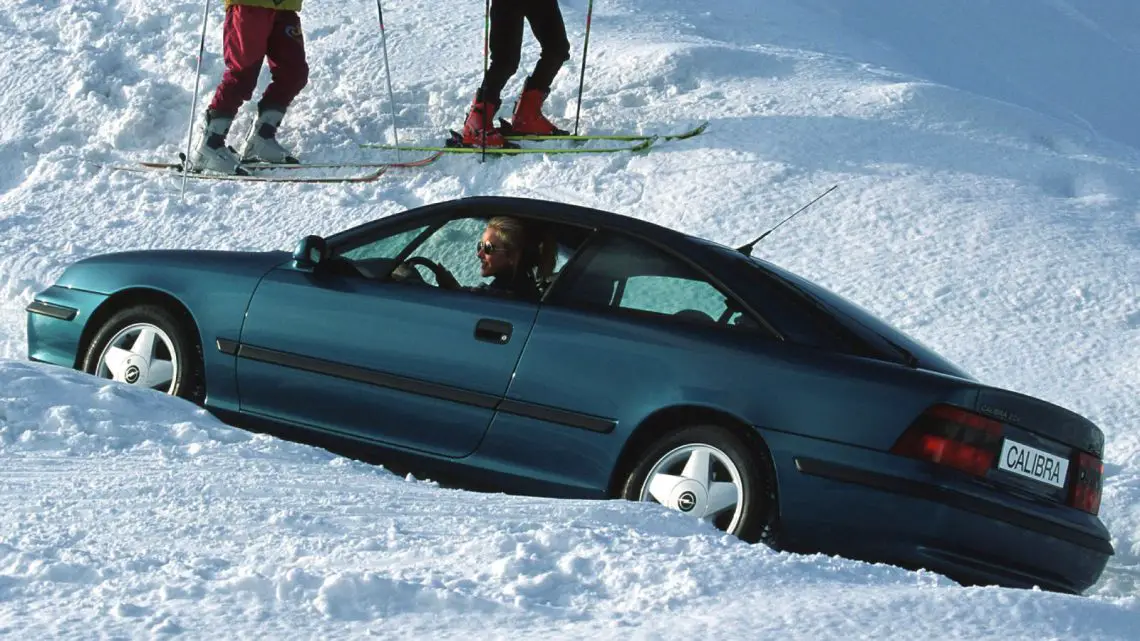
So after the end of the Calibra, was it over and done with Opel coupes? No, because in 1998 the Astra G Coupe entered the market. It was only a size smaller than the Calibra.
DTM
Opel seized the introduction of the Calibra to enter the Deutsche Tourenwagen Masters (DTM) and the International Touring Car Championship (ITC). The DTM Calibra had a wide body kit and large rear spoiler, which actually made it hardly anything like the street version. It also had all-wheel drive and an up to 480-hp V6. Opel won the 1996 ITC championship with the Calibra, which was actually the Calibra’s only truly great success in motorsports.
